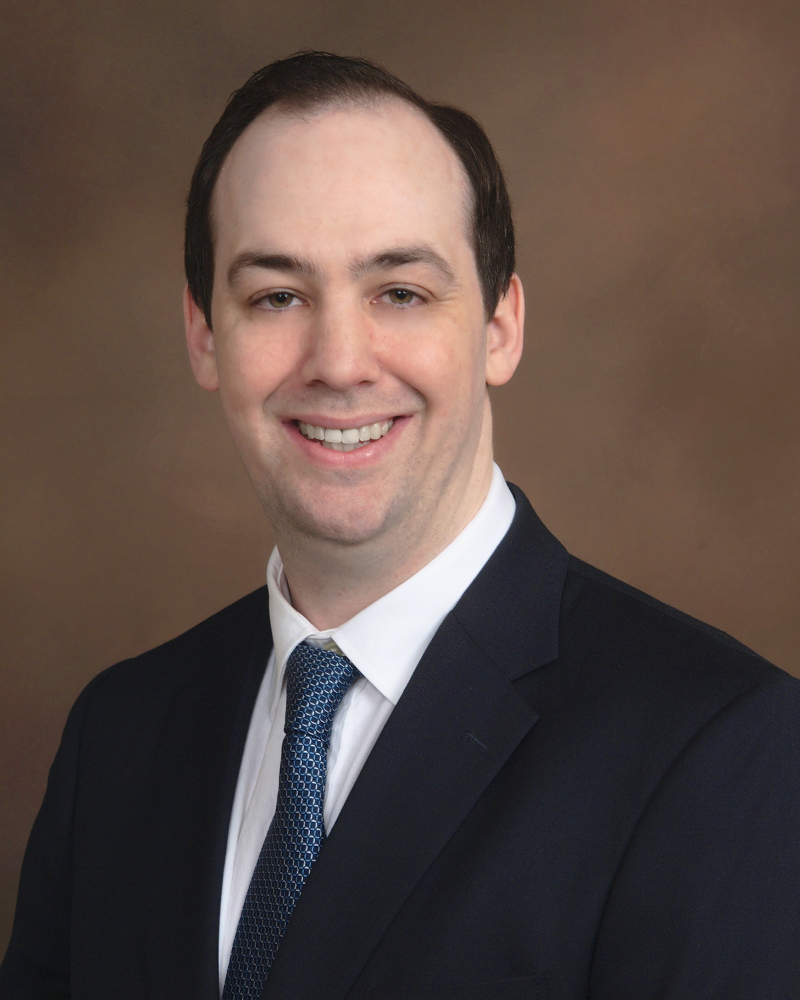The Unspoken Cause of Destructive Forest Fires
Written by Brian Garst, Posted in Energy and the Environment, The Courts, Criminal Justice & Tort
In the wake of the catastrophic Waldo Canyon fire in Colorado, the usual suspects are gleefully rubbing their hands at the prospect of using the tragedy to advance the cult of Global Warming. But while the doom-mongers are quick to blame global warming, while only begrudgingly acknowledging that anecdotes are not scientific data, the real man-made problem goes largely ignored: litigious environmentalists.
Fires are part of our natural environment, and have been long before there were any humans to burn fossil fuels. Fires clear out old, dead plants and make way for new life. But humans quite understandably don’t like uncontrolled natural fires, because they also kill us. But we simply fight to reduce the regular natural fires in order to protect ourselves, we actually make major, catastrophic fires more likely. Without the clearing of dead plants, fuel for major fires builds up over time to dangerous levels. Man’s solution to this unintended consequence of our domestication of nature is to engage in our own efforts to prevent the accumulation of such kindling. At least, some of us do. Unfortunately, environmentalists fight to thwart these efforts at every turn, with disastrous consequences.
Scientists with the U.S. Forest Service found in a recent study that unnatural overgrowth in trees is responsible for most wildfires in the U.S:
Thinning overgrown forests to a more natural rate of between 50 and 100 trees per acre would be the most effective way of reducing the number and severity of intense wildfires, the study concludes.
The Forest Service study is the largest ever conducted on fuel treatment effectiveness. The study provides a scientific basis for establishing quantitative guidelines for reducing stand densities and surface fuels. The total number of optimal trees per acre in any given forest will depend on species, terrain, and other factors, according to Forest Service researchers.
David L. Peterson, a researcher with the U.S. Forest Service‘s Pacific Northwest Research Station and one of the coauthors of the study, reports there are two reasons to engage in forest thinning. Removing smaller trees from a forest stand promotes the growth and vigor of the remaining larger trees. Forest thinning also reduces the continuity of live and dead plant material (fuels) from the soil surface into the forest canopy. The latter practice reduces the likelihood a wildfire will propagate into a crown fire.
Yet efforts to engage in this life-saving practices face significant opposition from environmentalist and anti-logging groups. A GAO study in 2003 found that, of the thinning projects open to appeal, 59% were challenged by environmentalists. Even more appalling, “Forest Service officials estimate they spend nearly half their time, and $250 million each year, preparing for the appeals and procedural challenges launched by activists.”
In all likelihood these challenges have only increased since 2003. Just scanning recent news reveals a number of such frivolous suits being filed across the country. Just last month the Forest Service was calling for more natural fires. AP described the current state of U.S. forests thusly: “A combination of decades of vigorous fire suppression and the waning of the timber industry over environmental concerns has left many forests a tangled, overgrown mess, subject to the kind of superfires that are now regularly consuming hundreds of homes and millions of acres.”
So the next time an environmentalist tries to blame man for causing a fire by burning fossil fuels, tell him that he’s right, people are indeed to blame. Namely, it’s the environmentalists who routinely oppose and obstruct anything – whether it be logging, controlled fires or other thinning initiatives – that could reduce the risk of superfires.
 I serve as Vice President of the Center for Freedom and Prosperity, a non-profit think tank dedicated to preserving tax competition and free markets. This site features my personal views, which are not reflective of CF&P.
I serve as Vice President of the Center for Freedom and Prosperity, a non-profit think tank dedicated to preserving tax competition and free markets. This site features my personal views, which are not reflective of CF&P.